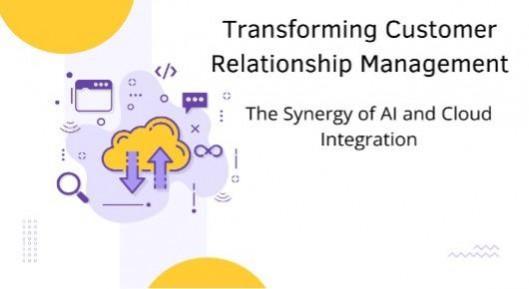A comprehensive research paper by Anirudha Shekhar Karandikar, a cybersecurity expert from a Fortune 500 company, reveals the critical challenges and innovations in protecting telecommunications infrastructure. The study provides detailed insights into the evolving landscape of telecom security in our increasingly connected world.
The Digital Explosion
The telecommunications boom is transforming global connectivity. 5G technology serves as the primary catalyst, revolutionizing data transmission speeds and enabling new applications in IoT, autonomous vehicles, and smart cities. The projected growth to $1.8 trillion reflects increasing demand for high-speed internet, mobile services, and cloud computing. This rapid expansion is particularly evident in emerging markets, where mobile penetration is accelerating. The staggering data transmission rate of 150,700 gigabytes per second demonstrates our increasingly connected world and hints at future infrastructure challenges as demand continues to surge.
Innovation in Threat Detection
Modern telecom security is being revolutionized by artificial intelligence and machine learning algorithms. These systems can now process up to 100 Tbps of traffic and reduce attack surfaces by 95%. Advanced AI-driven traffic analysis can identify and mitigate 99.9% of DDoS attacks within 10 seconds of onset, representing a significant leap in protection capabilities.
Smart Defense Against Insider Threats
The industry has developed sophisticated behavioral analytics systems that can detect anomalous activities with 96% accuracy. Role-based access control systems have proven highly effective, reducing unauthorized access attempts by 85%. Regular security awareness training programs have shown remarkable success, cutting insider-related incidents by up to 70%.
Data Protection Breakthrough
New encryption technologies are transforming data security in the telecom sector. The implementation of AES-256 encryption for stored data and TLS 1.3 for data in transit has reduced unauthorized access risks by 92%. Additionally, innovative tokenization and data masking techniques have demonstrated the ability to reduce sensitive information exposure by up to 98%.
Infrastructure Resilience
Micro-segmentation has emerged as a powerful defense mechanism, capable of reducing the impact of DDoS attacks by up to 60%. This technology, combined with AI-driven threat detection, has significantly enhanced the industry’s ability to protect critical infrastructure and maintain service continuity during cyber attacks.
Financial Impact and Innovation
The financial stakes of telecom security have never been higher, with the average cost of a data breach reaching $4.54 million in 2023. This has driven innovation in protection mechanisms, particularly in the realm of artificial intelligence and machine learning. These technologies have proven crucial in detecting and preventing attacks before they can cause significant damage.
The Future Outlook
The telecommunications industry continues to evolve its security measures to match the sophistication of cyber threats. Advanced security measures have become essential as the industry manages data for over 8.6 billion mobile connections, with each user generating approximately 1.5 GB of data daily. The implementation of new security protocols has helped address growing privacy concerns and maintain user trust in digital communications.
Critical Infrastructure Protection
The sector faces increasing challenges from cybercriminals, with an average of 1,483 cyberattacks per week, representing a 41% increase from the previous year. The stakes are particularly high for critical infrastructure, as successful breaches can result in an average downtime of 6.5 hours per incident, potentially affecting millions of citizens.
In his concluding remarks, Anirudha Shekhar Karandikar emphasizes that the future of secure digital communication depends on the industry’s ability to stay ahead of evolving threats while maintaining the delicate balance between innovation and security. As telecommunications continue to underpin critical services such as military communications, emergency response systems, and financial transactions, the importance of robust cybersecurity measures becomes increasingly vital for maintaining the integrity of our interconnected world.
















